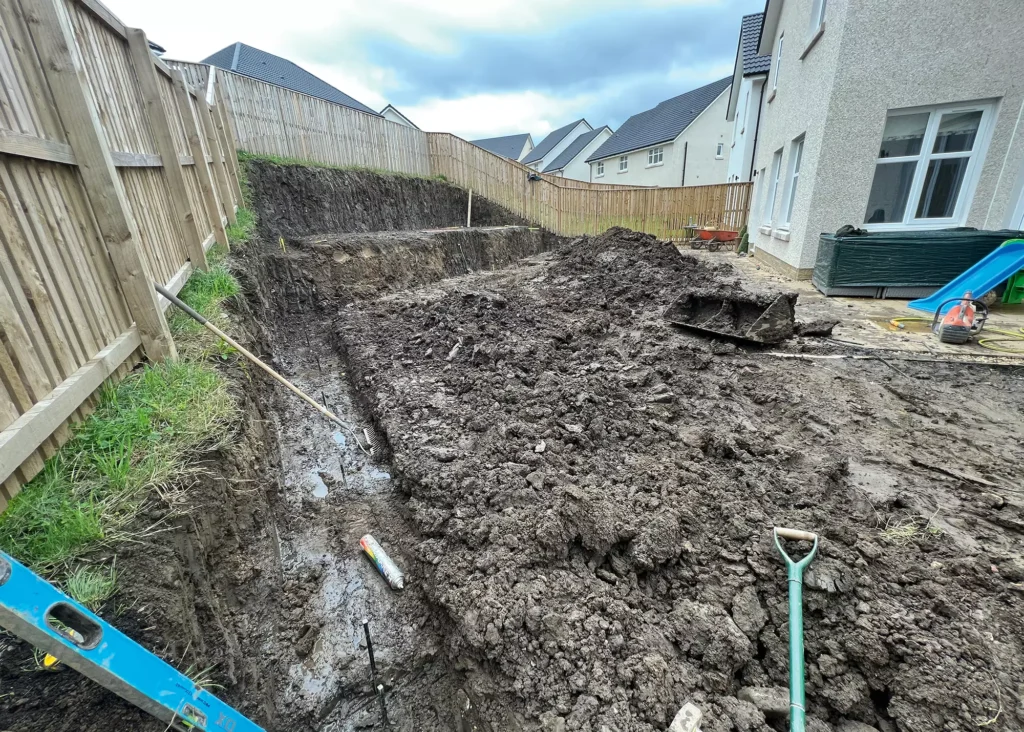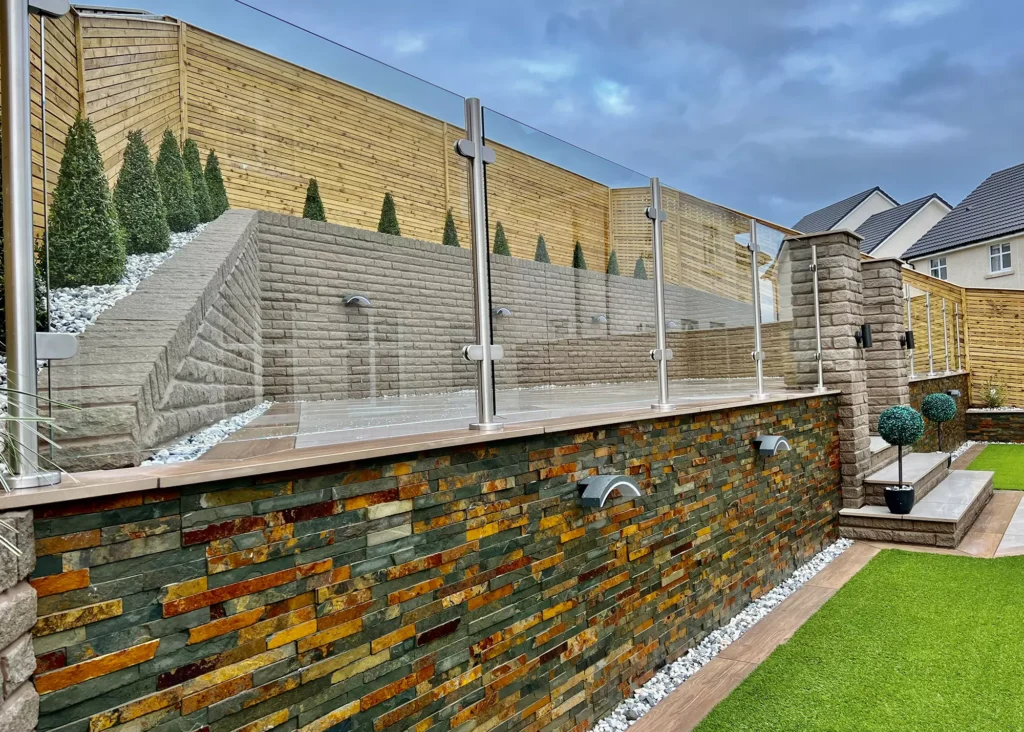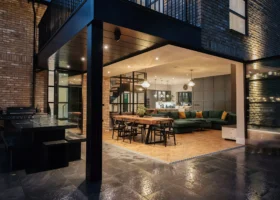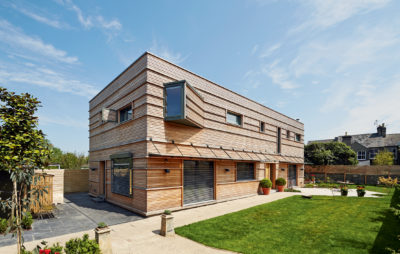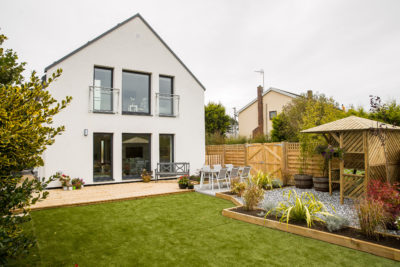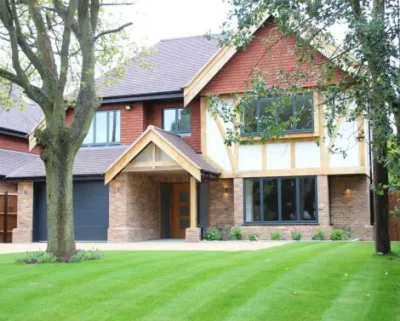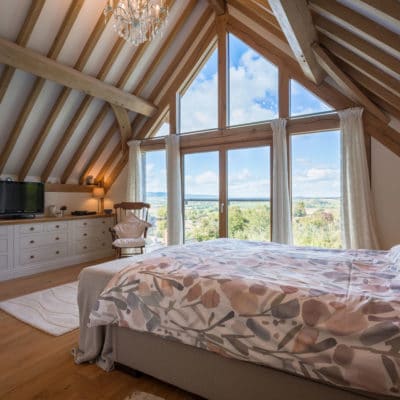Should Landscaping be a Priority for Self Builders?
Landscaping can make a huge difference to the overall result of your brand new home, but how much of a priority should this be for self builders? If your goal is to build a house that sits harmoniously within its surroundings, integrating your landscaping plans during the early design stages of your project is a great route to enhancing the overall success of your scheme.
Factoring the outdoor works into the wider build schedule will pave the way for a smooth and efficient process, plus, it could help you save money on overall project costs. “Most self builders have a detailed budget for the house build but won’t have included one for the garden, other than the basics,” says Tim Clifford, general manager at Westminster Stone.
It’s not unusual to spend weeks, or even months, poring over the details of design and materials options for your kitchen or bathroom – so why should the garden be any different?
How to Plan Your Home’s Landscaping
Landscaping and the design of your outdoor areas has the potential to make or break your scheme, as a carefully crafted space can work wonders to amplify the architectural details of the house. Plus, a proposal that takes the wider environment into account will often be looked upon favourably by planners. “Great architecture takes cues from surroundings and responds to context,” says Matt Loader, director at Loader Monteith Architects.
“Factoring in landscaping can be beneficial in showing a sensitive approach to constructing new homes – particularly in regional areas like areas of outstanding natural beauty (AONBs) where biodiverse sites are more common.” Putting careful consideration into outdoor areas that promote soil biodiversity and support a healthy ecosystem could therefore improve your project’s chances of obtaining consent.
Looking for building plots for your self build project? Take a look at PlotBrowser.com to find 1,000s of plots and properties to nationwide, all with outline or full planning permission in place
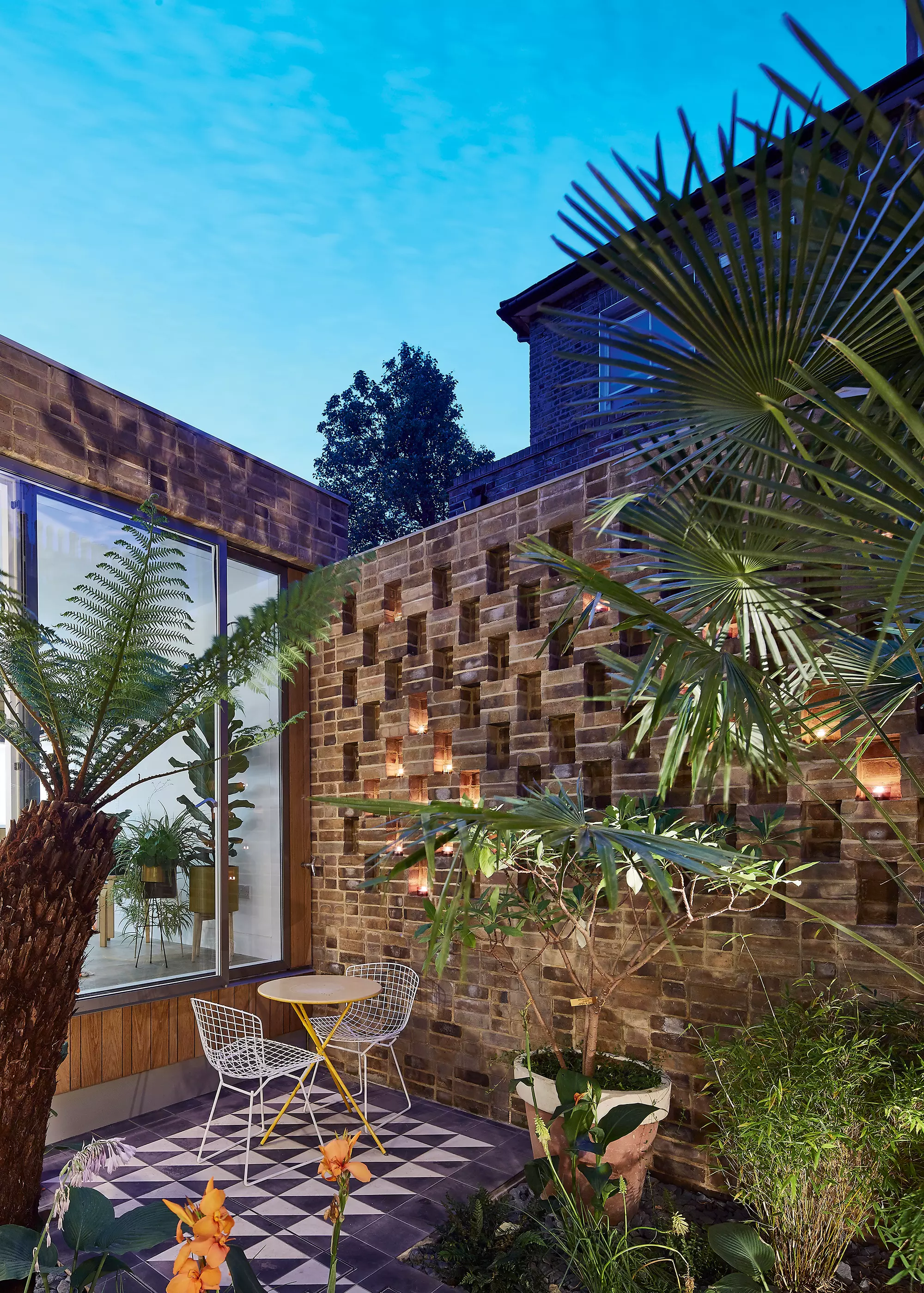
This new build in North London was constructed on a compact plot. Paul Archer Design created a hidden courtyard with fully glazed doors that make the outdoor zone feel like an additional room. Photo: Kilian O’sullivan
The advantages of designing the garden early go beyond your self build’s planning stage, as you’ll benefit from a well-conceived outdoor space once you live in the house – especially if the building is planned to respond directly to surrounding natural elements. “Mapping out views from the outset is an important element of house design,” says Matt.
For instance, if you’re planning on installing a large window or a set of glazed doors to frame a prized view, the layout of your garden can enhance sightlines and give vistas maximum impact. A scheme that’s planned as an after-thought is a missed opportunity for some potential wow-factor features.
A large proportion of a plot’s character often comes from its natural features, whether that’s from sloping areas of land, mature trees or shrubs. Clearing the site so you can start from scratch might seem like the most straightforward way to create a bespoke scheme and provide easy access for your contractor. However, eradicating pre-existing planting and levelling out the site may reduce some of its uniqueness.
“Don’t remove trees too quickly – some have Tree Protection Orders and can’t be removed/reduced in size without permission,” says Catherine MacDonald, principal landscape designer at Landform Consultants. “They can be very important in providing screening/privacy and there’s no going back once they’re gone.” Instead, work with your architect to uncover ways that beautiful specimens could be integrated into the building design, for instance, as part of a sheltered courtyard garden.
TOP TIPS saving money on your landscaping
|
Read More: 10 Ways to Maximise Your Self Build Budget
Design Tips for Landscaping and Garden Design
The architectural style of your house provides a useful starting point when thinking about landscaping schemes. When planning the layout of the outdoor space, relating lines and boundaries to those of the building can help to establish a cohesive effect.
“Extending the lines of the walls out into the garden and relating them to the general arrangement of hard or soft landscaping areas works well,” says Catherine. “Focusing on soft landscaping towards the boundaries, particularly in suburban/rural gardens, will aid this effect.” Don’t forget to think about sightlines out from windows and doors – you can use these openings to inform where you position focal features within the garden.
Striking the right balance between areas of hard and soft landscaping is an important step to get right. Avoid allocating too little space for your patio – a table and set of chairs for the garden is larger than indoor furniture, so you’ll need a bit more room. “Leaving space for nature is a necessity, too,” says Johanna Elvidge, head of domestic design at Marshalls. “This can be as simple as piles of stones or logs under a hedge or shrub, an out of the way corner full of native plans or a wildlife pond.”
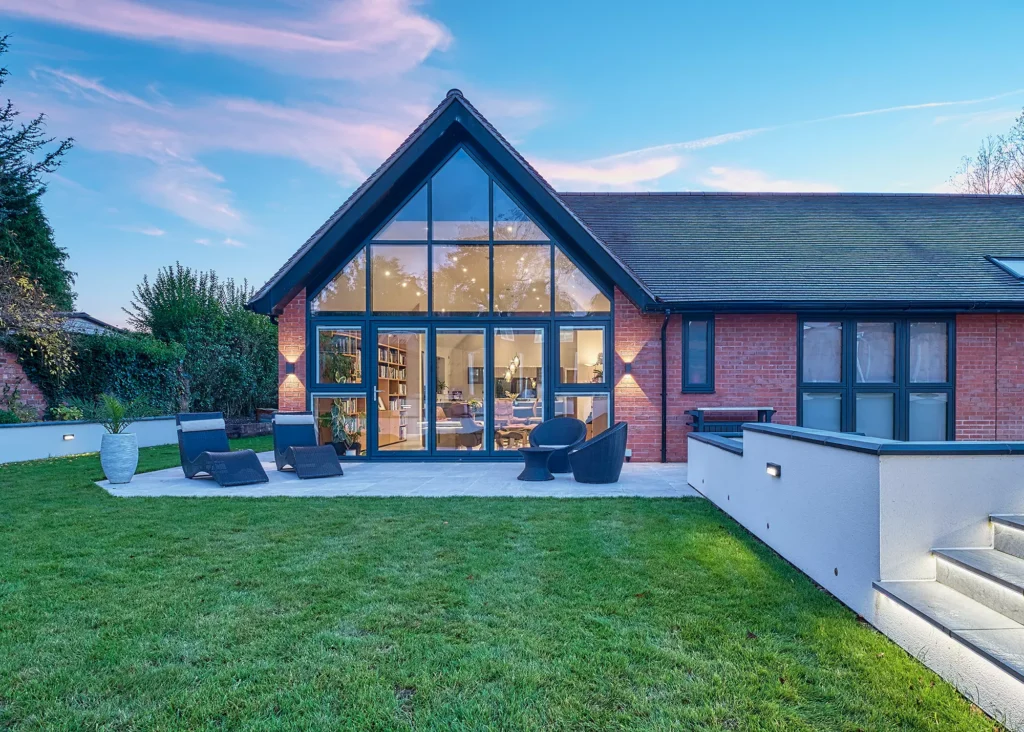
This house, designed by Base Architects, has a glazed gable set above glass doors and windows. This broad expanse of glazing allows occupants in the seating area to enjoy a seamless connection to the patio and lawn. Photo: Carl Blank
Early planning is especially useful when it comes to designing areas of hard landscaping in your garden and driveway. That way, you can make sure details like manhole positions are fully considered. “At the outset, check the boundary of your property,” says Dave Shell, head of commercial sales and operations at Sureset.
“Record all existing drainage and note new drainage that you wish to have put in place, as the water will need to run to a drainage point.” There’s a variety of material options, including stone pavers, blocks, gravel and resin-bound paving. If you want a seamless look, the right finish can even disguise unsightly details such as drain covers.
Landscaping BEFORE and AFTERMarshalls provided the cherry porcelain plank paving, Marshalite pitched walling and stoneface drystack cladding for this dramatic terraced setup. The garden was designed by Neil Walker Landscaping
|
When Should I Begin the Landscaping Works?
There are numerous advantages to getting a head start on landscaping while house construction continues. The most obvious one is you won’t spend the next year gazing out onto a boggy eyesore. “Dig out and prep the area before your project starts so you have a hard base that won’t become a muddy pit and can be left until paving goes on,” says Tom from Westminster Stone. Doing the main earth moving works before your build could also help you save money on plant hire towards the end of the project.
Factoring the landscaping into the overall scheme means you might be able to start planting before your build reaches completion. Trees and hedging plants can both go in early, providing there are protection measures in place during the build that will allow them to thrive.
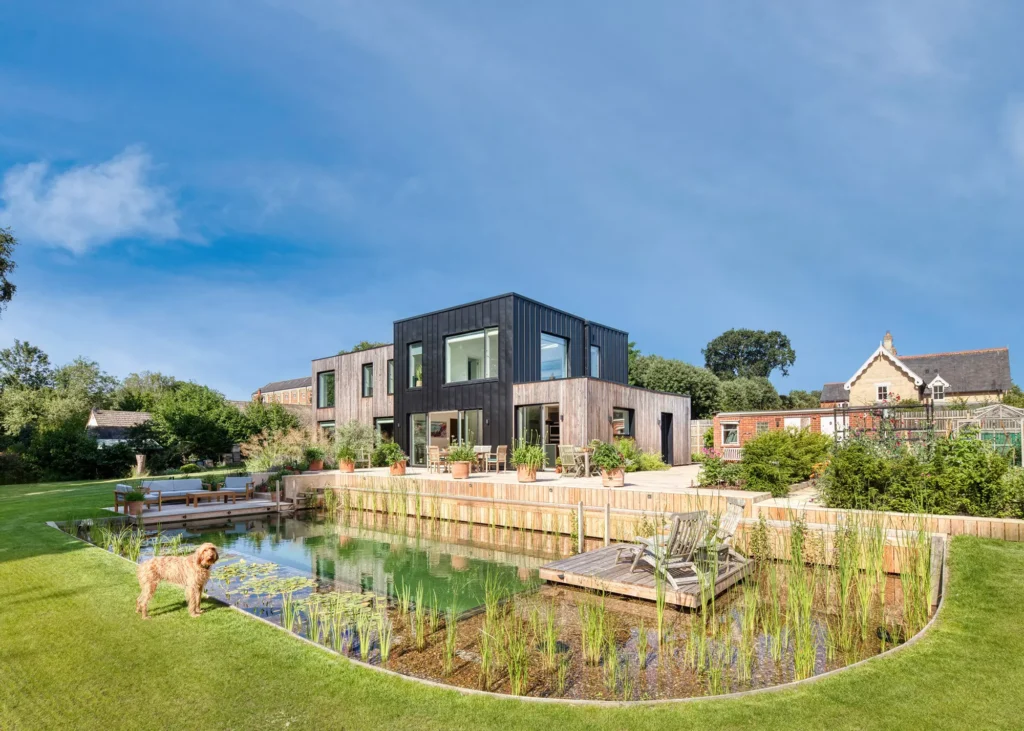
Facit Homes designed and built this house to maximise views of the surrounding woodland. The garden was masterminded by Area Landscape
This strategy will give plants time to bed in and flourish so you can enjoy your garden straight away. “Plants need to go in at the right time of year in order to have better success rates – trees especially,” says Johanna. “Each type of plant or tree differs so it’s imperative to do your research.” When it comes to adding hard surfaces like driveways and paving, this is best left until house construction is almost complete (certainly after scaffolding has been taken away) to minimise the risk of damage.
QUICK GUIDE Driveways & LandscapingThe expanse of space in front of your house plays an important role in setting first impressions. A carefully planned approach can add kerb appeal to your home, so consider it as thoughtfully as the rest of your garden – not simply as a spot to park your car and forget about as soon as you close the front door. It’s worth incorporating planting to soften the visual appearance of hard landscaping. Plus, a few well-chosen shrubs and trees will enhance the sense of privacy and could even be positioned to provide obstacles for any potential intruders. Specially designed storage solutions can be a useful way to hide unsightly items like bins. A practical, well-designed driveway may even include futureproof details, such as ramps to improve access for wheelchairs, prams and bicycles. Thinking of ways to bring wow factor to your driveway? Take a look at this collection of Garage Doors: Materials, Configurations & Design Ideas |
What Does Landscaping Cost?
When you’re trying to claw back pennies on multiple aspects of your scheme, hiring a professional garden designer for your landscaping might not seem like a top priority – but investing in your landscaping early will yield rewards later. “You can get a basic scheme done for around £1,500 and it’ll be worth its weight in gold,” says Tom. A lot depends on the size and complexity of the works. If you want to implement more extensive landscaping on a large plot, for instance, this could easily come in at over £30,000.
Garden costs per m2 are difficult to pin down, as the size, material spec, professional design and even location in the country will affect the total. If you plan to level out sloping land, for example, this can add significantly to costs – Checkatrade.com estimates that you can expect to pay a professional £800 to level out a 40m2 garden.
Speaking to a landscape contractor early on will allow you to see how outdoor work fits in with the rest of your budget, so you can plan a landscaping design that works and make tweaks to your spec later if necessary. “As a landscape design and build company, we offer our design clients the service of a cost estimate provided by our in-house quantity surveyor at the end of concept/layout plan stage but before detailed design,” says Catherine. “This allows the opportunity to value engineer the scheme before the final design and choice of materials is made.”
More Inspiration: Countryside Self Build Projects: Design Ideas and Expert Advice
Featured image: A complementary mix of hard landscaping materials is used to effectively zone the outdoor space in this design by Nicola Hale of Landform Consultants
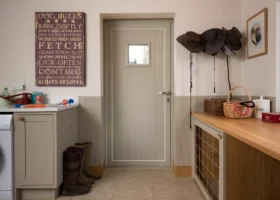


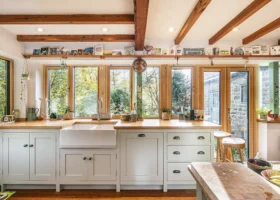




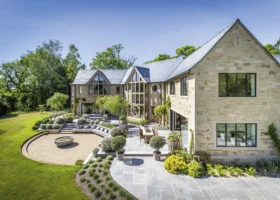









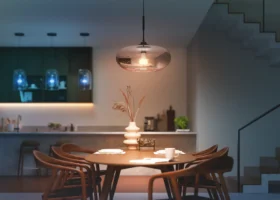
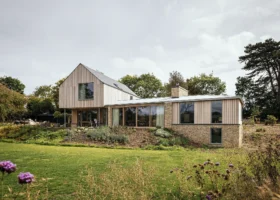

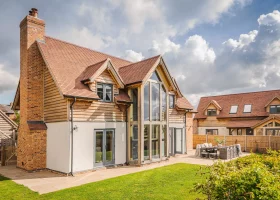


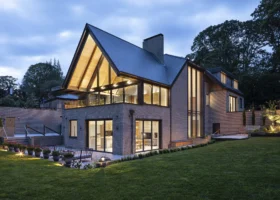













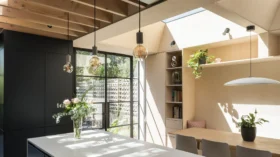

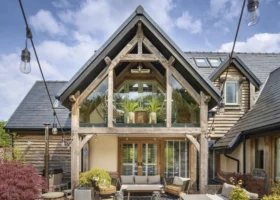
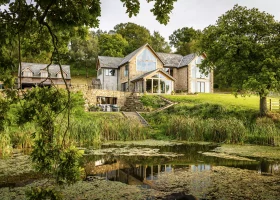
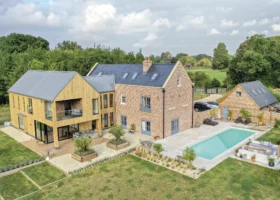

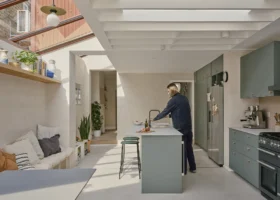
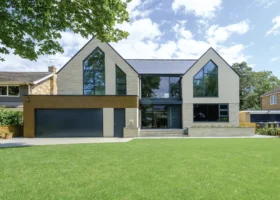
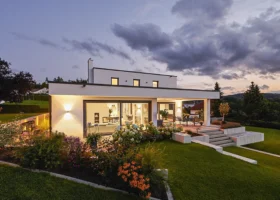





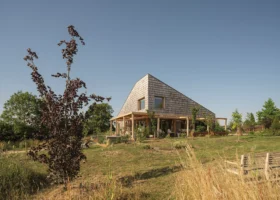




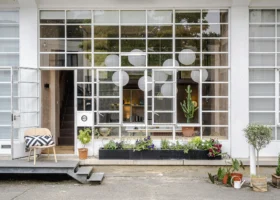
























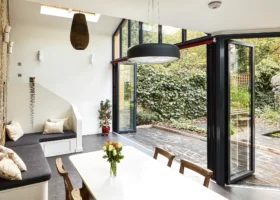














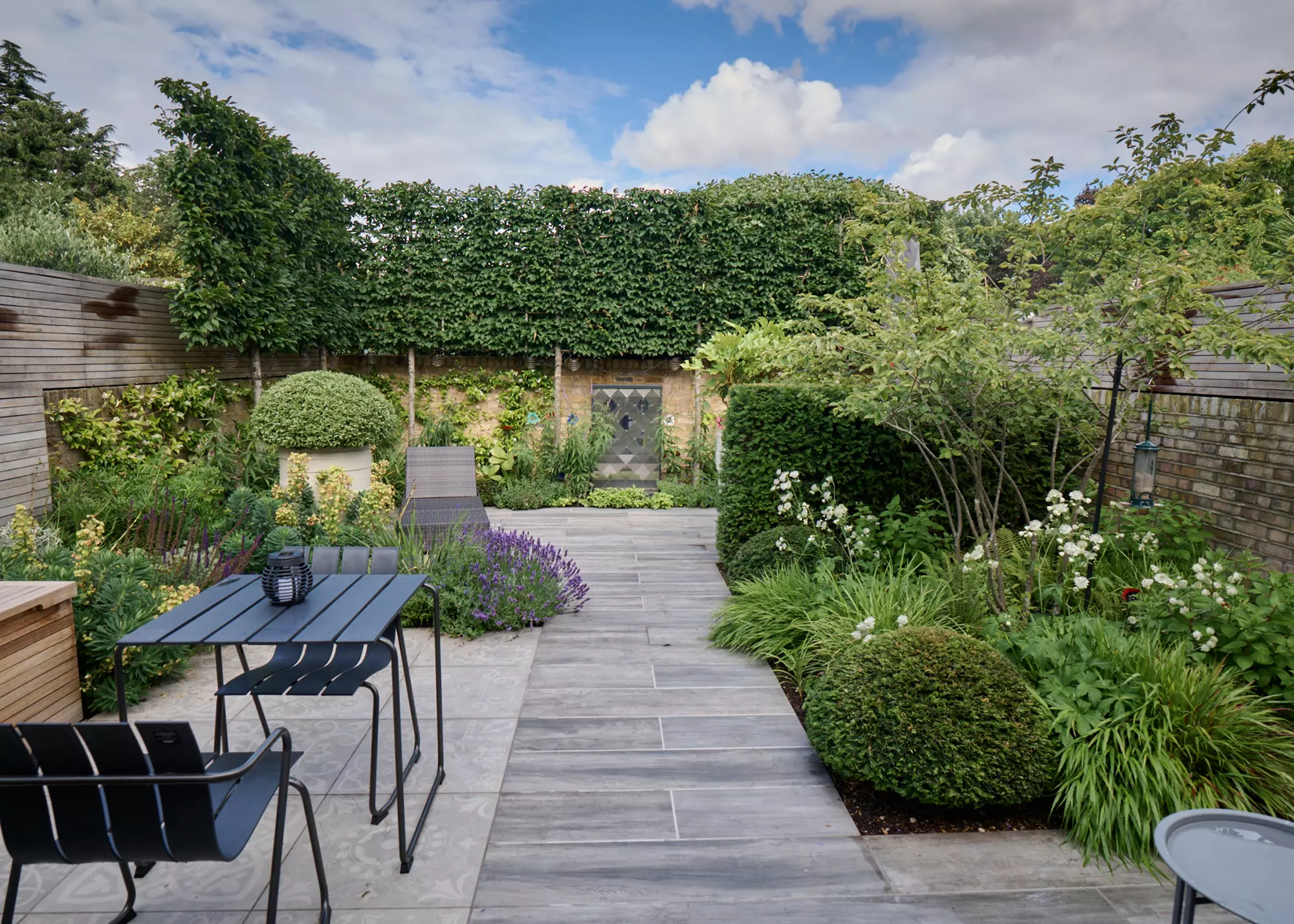
 Login/register to save Article for later
Login/register to save Article for later

